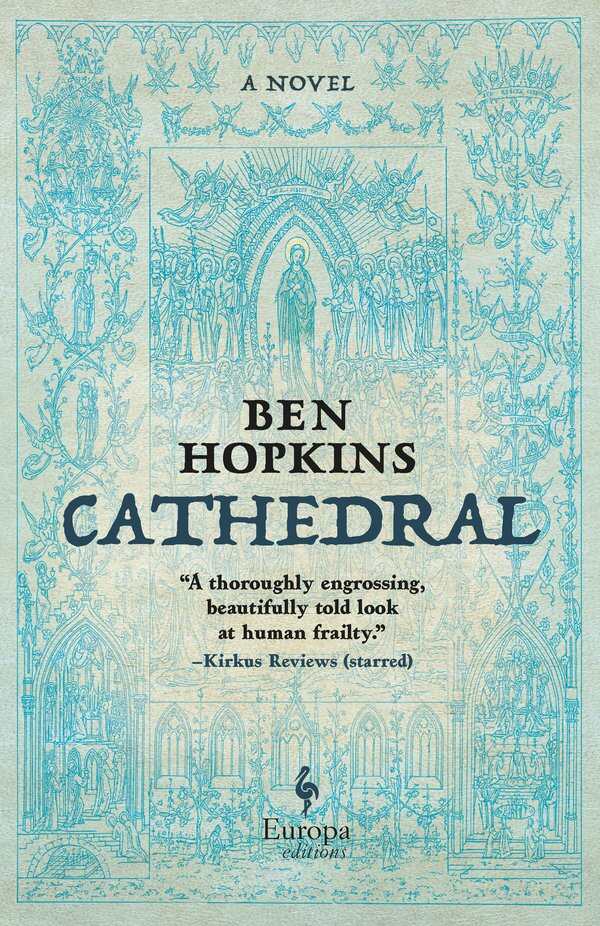

Carver's stories were brilliant in their detachment and use of the oblique, ambiguous gesture, yet there were signs of a different sort of sensibility at work. Suggestive rather than explicit, and seeming all the more powerful for what is left unsaid, Carver's stories were held up as exemplars of a new school in American fiction known as minimalism or "dirty realism," a movement whose wide influence continues to this day. Beneath his pared-down surfaces run disturbing, violent undercurrents. But that's a complicated subject for a different essay, and as Giles Harvey observed in 2010 in The New York Review of Books, “we are likely to end up viewing Lish's involvement with Carver as a footnote, incidental to our appreciation of the finished work.In collections such as Will You Please Be Quiet, Please? and What We Talk About When We Talk About Love, Raymond Carver wrote with unflinching exactness about men and women enduring lives on the knife-edge of poverty and other deprivations. Once his success was established, Carver began to push back on Lish's edits, and their increasingly fraught working relationship is among the more compelling literary dramas of the last century. This stringency of form is generally attributed to the red pen of Carver's longtime editor, Gordon Lish. Although in a 1983 New York Times review he praised the collection in which this story appears, he was not entirely a fan of this particular aspect of Carver's writing: “Many of life's shadings and surprises, pleasures and possibilities, are cut away by the stringency of his form,” he wrote. “His art is an art of exclusion,” the critic Irving Howe observed of Carver's work. It led me, eventually, to “Cathedral,” a story so finely chiseled that it is arguably poetry itself. At just under 150 words, the poem is a fully formed narrative, and for me it served as a gateway to Carver's stories, for which he is far better known. My own vivid memory of that moment-the waning afternoon sunlight in my apartment, the sleeping infant beside me, the hideous aged sofa into which I sank-are by now intermingled with the DNA of the poem itself. I committed the imagery to memory: the wink, the broad smile, the jaunty slant of the cigarette of the protagonist who in the poem mugs for the camera, unaware he will soon die. I read it and I sank into the sofa and I reread it and I began to cry. It was called “Afterglow,” and it was in The New Yorker that had just arrived in my mailbox.

It was not a Raymond Carver story but a poem that felled me one April afternoon in 1989.

It is currently most readily available in Carver's Collected Stories (Library of America).

“Cathedral” was first published in the September 1981 issue of The Atlantic Monthly.


 0 kommentar(er)
0 kommentar(er)
